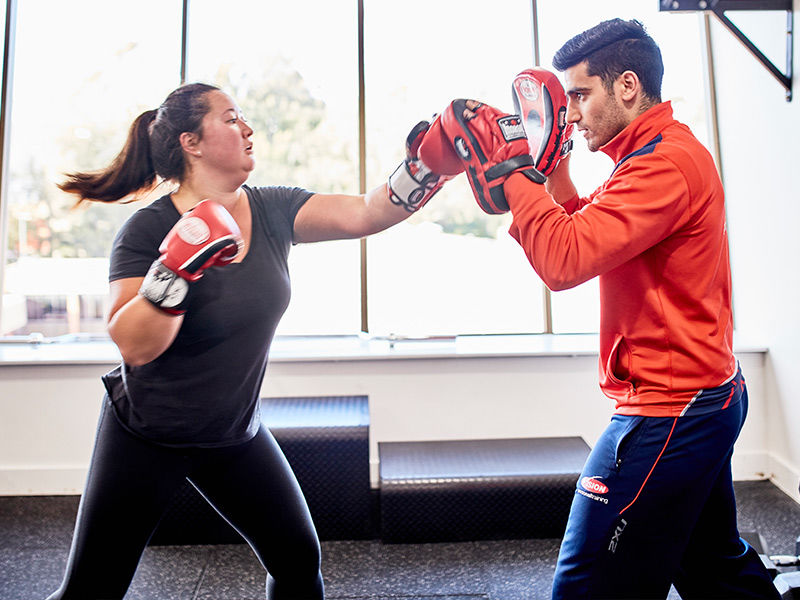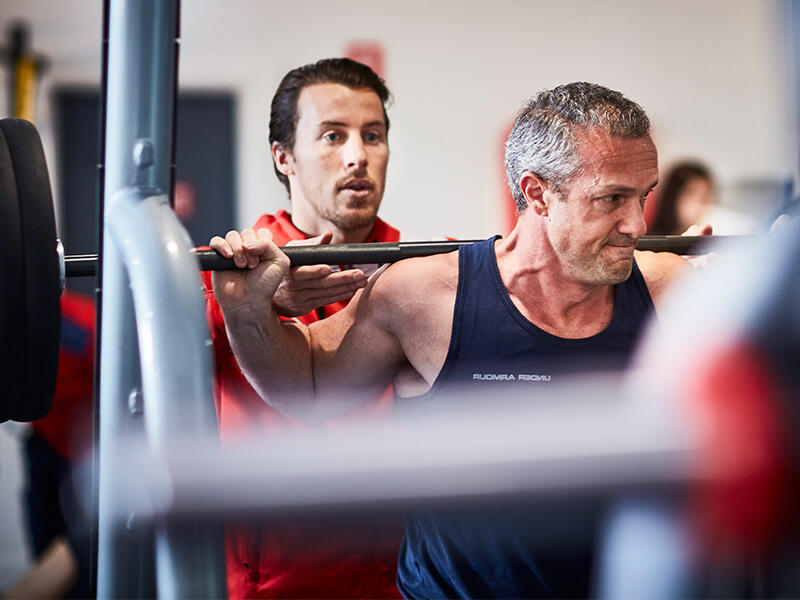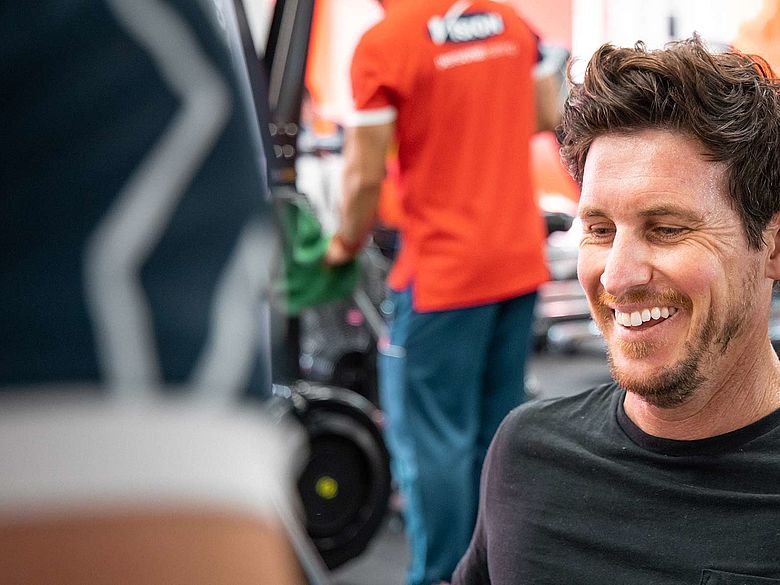Explore our articles
Building our knowledge on how to achieve and maintain a healthy lifestyle is so important. New ideas, or simply a refresher, our industry leading Personal Trainers are a wealth of knowledge on all aspects of nutrition, training weight loss and overall wellbeing.

Weight Loss
Learn how to lose the weight and keep it off for life, and why you need a plan for both!

Health & Nutrition
Everything from understanding your macronutrients through to the importance of rest and recovery on your journey.

Fitness & Training
Learn about weight training and it’s benefits or even tips and tricks for your first running event.
Expert Articles
- Health and Nutrition
6 Tips to Keep Your Health and Routine on Track Over the Holidays
WynyardYou do not need to choose between enjoying the holidays and maintaining your health. With structure, support, and the right mindset, you can celebrate fully and finish the year proud of your progress and not feel you have lost all that momentum from this year. - Health and Nutrition
Creatine Supplementation: A Powerful Ally for Strength, Health, and Aging
Creatine is a naturally occurring compound found in the muscles and brain, primarily sourced from red meat and seafood and is also synthesised by the body. - Fitness and Training
The Benefits of Resistance Training for Healthy Ageing
Mona ValeAgeing is a natural part of life, but how we age is greatly influenced by our lifestyle choices. One of the most powerful tools for promoting health, independence, and vitality in later years is resistance training — any exercise that causes the muscles to contract against an external force, such as free weights, resistance bands, machines, or even body weight. - Fitness and Training
The Power of Identity Change
EastlakesUnderstand Identity Change and You Will Never Relapse Again - Weight Loss
Why Your Chocolate Obsession Isn’t Your Fault and How Habits Can Save You
Mona ValeEver followed your meal plan to the tee, only to find yourself halfway through the day hugging a bag of chips like it’s your best friend? Or maybe you swore, “No chocolate today,” and 3 hours later, you’re demolishing a whole block. Don’t worry! - Fitness and Training
Understanding Osteopenia: How Strength Training Supports Bone Health
Osteopenia is the early stage of low bone density, a warning sign that your bones may be losing strength, but not yet to the level of osteoporosis. - Health and Nutrition
Creatine and Women’s Health: What the Research Really Says
Creatine has long been associated with bodybuilding and high-performance sport but in recent years, a growing body of evidence has shown that it offers unique benefits for women across all life stages.
Experience the Vision difference
Enjoy a FREE initial consultation, when you book today.

